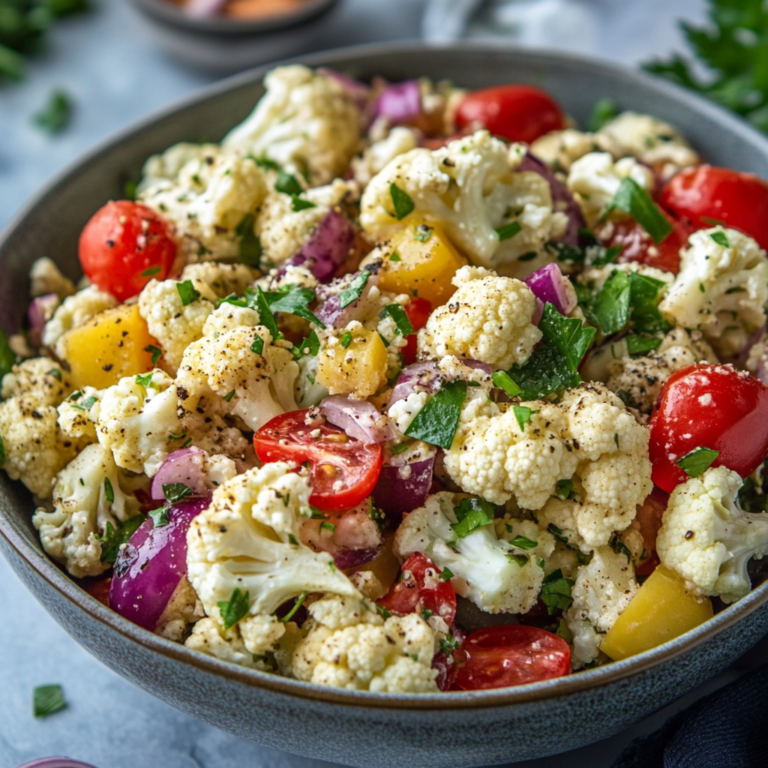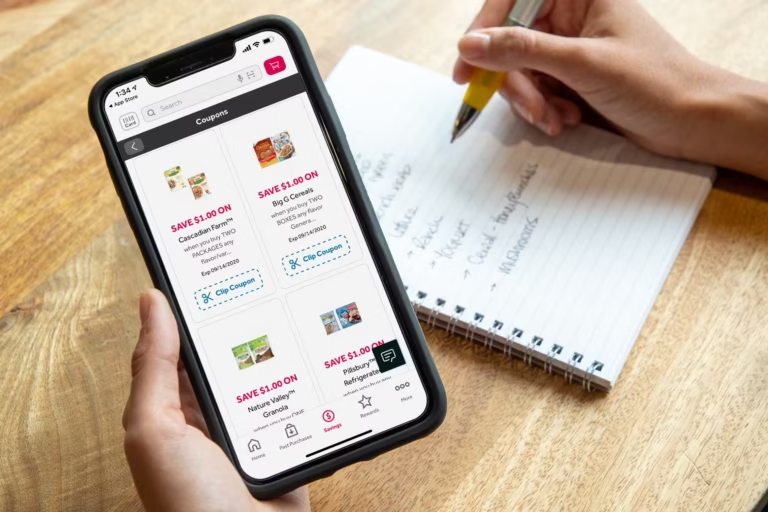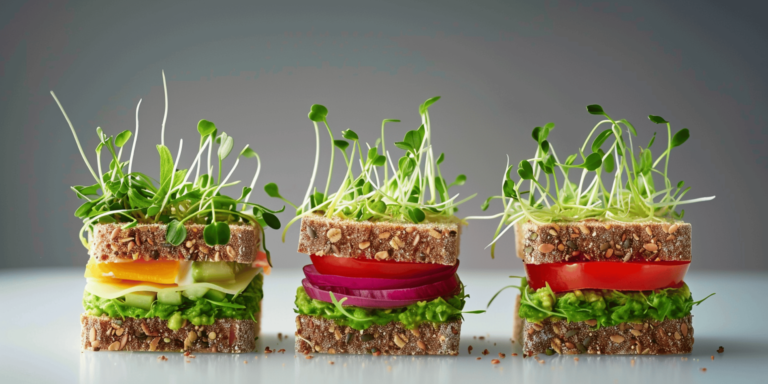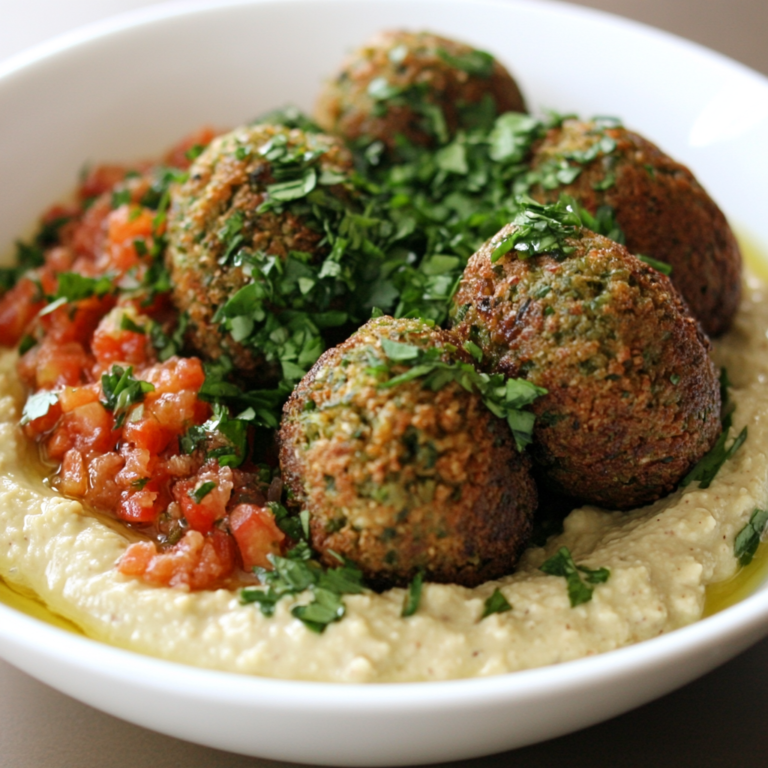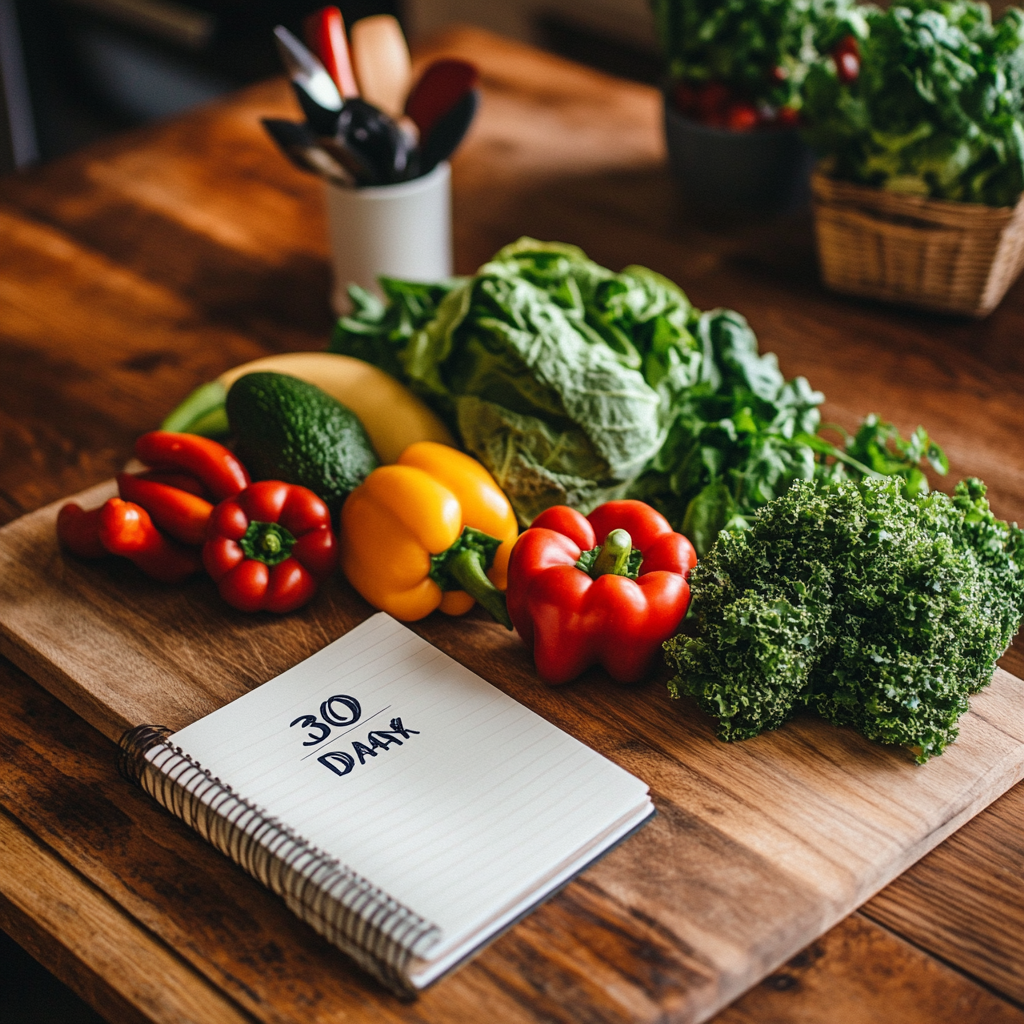
Making the transition to a vegan lifestyle doesn’t have to be overwhelming. This 30-day guide will help you make the switch gradually, sustainably, and confidently. Whether you’re motivated by health, environmental concerns, or animal welfare, this step-by-step approach will set you up for long-term success.
Before You Begin
Before starting your vegan journey, remember:
- This is your personal journey – take it at your own pace
- Focus on adding new foods rather than just removing familiar ones
- Keep a positive mindset and be patient with yourself
- Consult your healthcare provider before making major dietary changes
Week 1: Laying the Foundation
Days 1-7: Education and Preparation
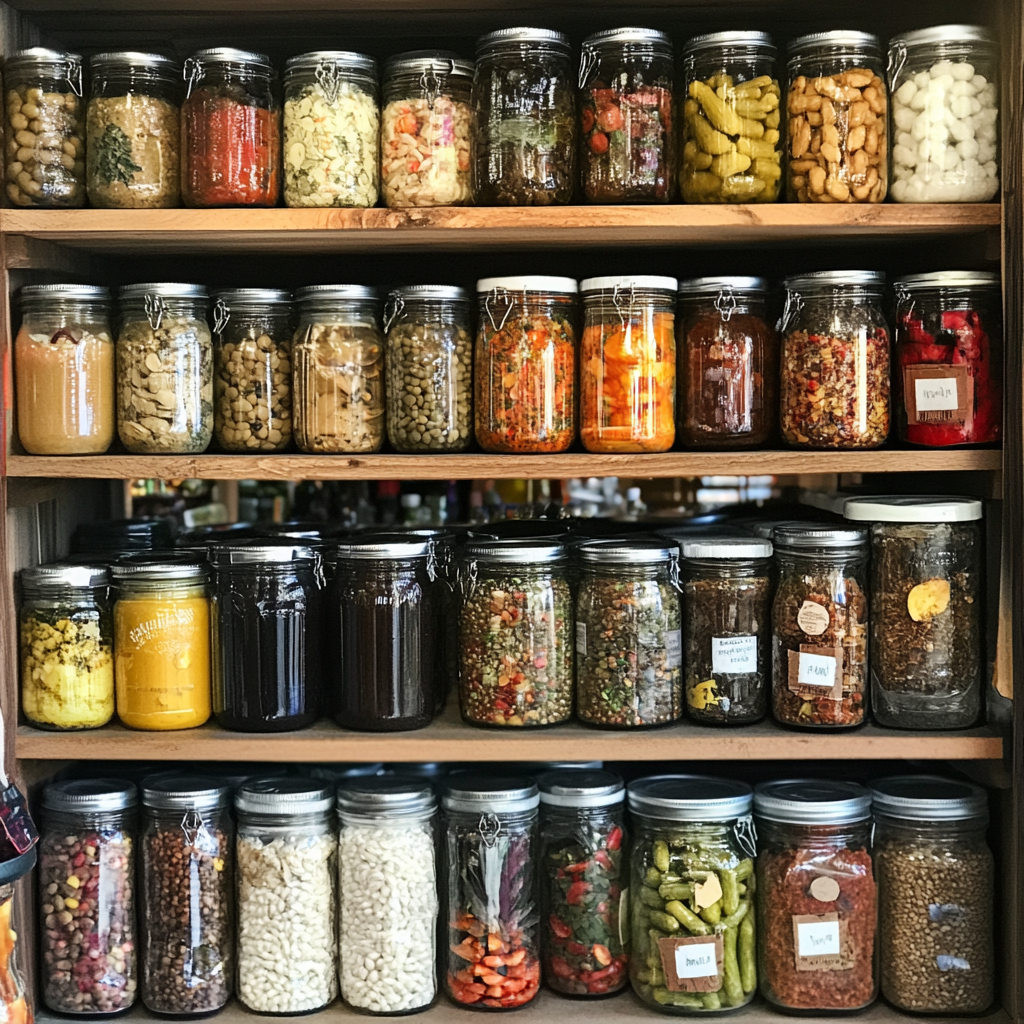
Day 1-2: Stock Your Pantry
- Plant-based milk (oat, almond, soy)
- Legumes (beans, lentils, chickpeas)
- Whole grains (quinoa, brown rice, oats)
- Nuts and seeds
- Nutritional yeast
- Plant-based condiments
Day 3-4: Learn About Nutrition
- Key nutrients: B12, iron, calcium, protein
- Food combinations for complete proteins
- Consider supplements (especially B12)
Day 5-7: Meal Planning Basics
- Download vegan recipe apps
- Create a weekly shopping list
- Plan simple breakfast options
- Research vegan alternatives for your favorite meals
Week 2: Beginning the Transition
Days 8-14: Gradual Changes

Day 8-10: Veganize Your Breakfast
- Try plant-based milk in your coffee
- Experiment with tofu scramble
- Make overnight oats with fruit and nuts
- Try vegan pancakes or waffles
Day 11-14: Explore Lunch Options
- Pack grain bowls
- Make hearty salads with beans
- Try vegan sandwiches
- Experiment with plant-based proteins
Week 3: Expanding Your Horizons
Days 15-21: Building Confidence
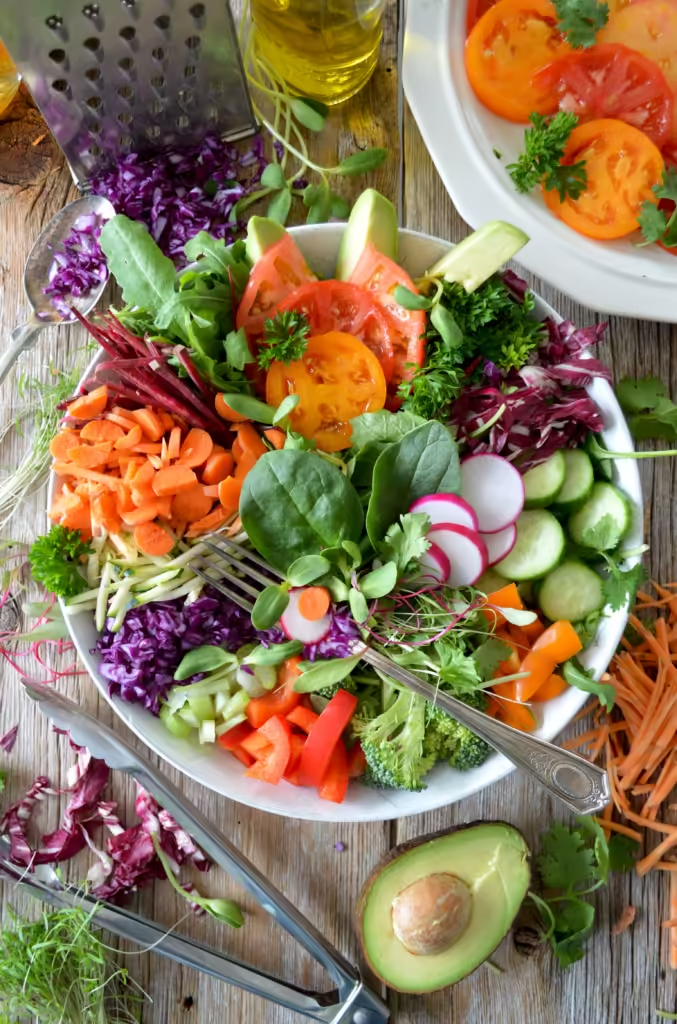
Day 15-17: Master Dinner Recipes
- Learn 3-4 easy vegan dinner recipes
- Try meat alternatives
- Make bean-based dishes
- Experiment with international cuisines
Day 18-21: Social Situations
- Research vegan options at local restaurants
- Learn to read food labels
- Practice ordering vegan meals
- Plan responses to common questions
Week 4: Fine-Tuning Your Journey
Days 22-30: Cementing the Lifestyle
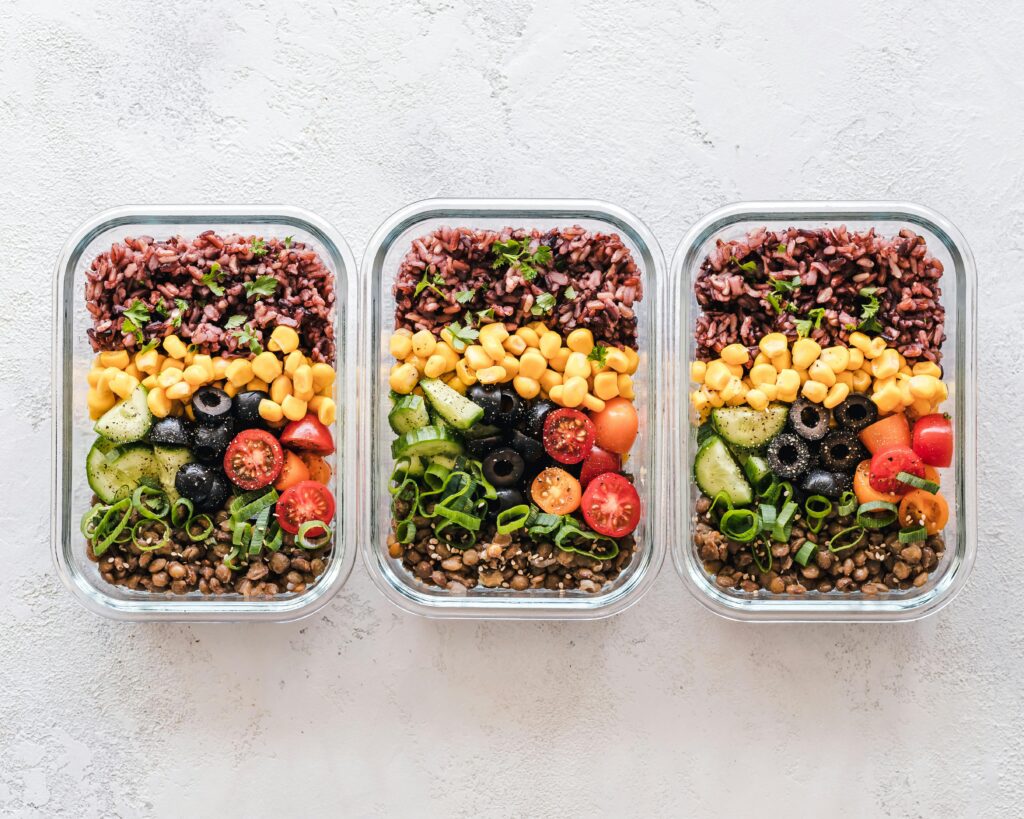
Day 22-25: Advanced Meal Prep
- Batch cook basics
- Freeze portions
- Create a rotation of favorite meals
- Try new recipes weekly
Day 26-30: Lifestyle Integration
- Share your journey with others
- Review vegan personal care products
- Check clothing and accessories
- Join vegan communities
Essential Tips for Success

- Stay Hydrated
- Drink plenty of water
- Try herbal teas
- Monitor your fluid intake
- Read Labels Carefully Common hidden animal ingredients:
- Gelatin
- Whey
- Casein
- Honey
- Carmine
- Lanolin
- Handle Cravings
- Keep vegan snacks handy
- Find vegan versions of favorite foods
- Focus on whole foods
- Remember your motivation
- Track Your Progress
- Keep a food diary
- Note how you feel
- Celebrate small wins
- Take photos of your meals
Common Challenges and Solutions
Challenge 1: Protein Concerns
Solution: Include varied protein sources:
- Legumes
- Tofu and tempeh
- Seitan
- Quinoa
- Nuts and seeds
Challenge 2: Eating Out
Solution:
- Research menus in advance
- Learn to modify existing dishes
- Use HappyCow or similar apps
- Communicate clearly with servers
Challenge 3: Family and Friends
Solution:
- Share your reasons calmly
- Cook delicious vegan meals to share
- Be patient and understanding
- Find compromise when needed
Moving Forward
Remember that becoming vegan is a journey, not a destination. Don’t aim for perfection – aim for progress. As you complete these 30 days, you’ll have built a strong foundation for a sustainable vegan lifestyle. Continue learning, exploring new foods, and connecting with the vegan community.
Resources
- Recommended cookbooks
- Useful apps and websites
- Local vegan groups
- Nutrition information sources
- Shopping guides
Remember to consult with healthcare professionals regarding your individual nutritional needs, especially if you have any existing health conditions or concerns.

